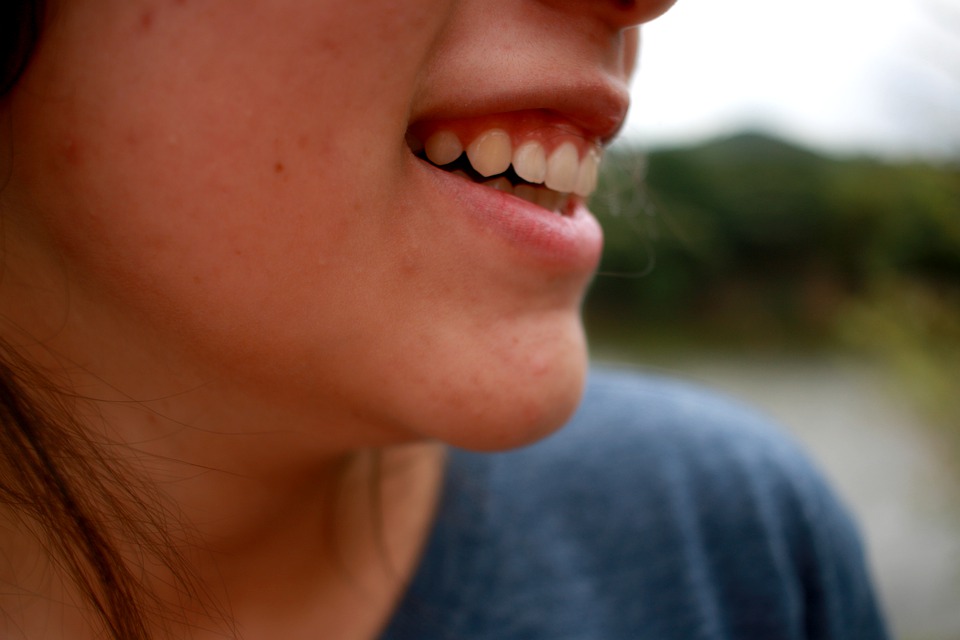
What’s the Deal With Heat Rash?
Heat rash may be irritating, but the good news is that this skin condition is easily preventable.
Thankfully, heat rash isn’t among the more serious skin disorders — but with the irritation and itching, it can be one of the most annoying. Also known as miliaria or “prickly heat,” heat rash is most often seen in infants and toddlers but can also occur in adults.
Here’s what you need to know about the itchy red rash.
What Causes Heat Rash?
Although heat rash is usually associated with warm weather, this skin condition actually has little to do with the temperature. Heat rash develops when sweat glands are blocked — and people sweat all year round! In the winter, for instance, babies and young children can suffer from heat rash after being bundled or wrapped with too much clothing. Wearing tight clothing also blocks sweat glands, increasing one’s chances of developing heat rash.
Symptoms of Heat Rash
Heat rash manifests as small red bumps or spots that can sometimes be mistaken for beads of sweat. The mildest forms of heat rash affect only skin ducts in the top layer of skin, and the resulting blisters are easily broken.
The term “prickly heat” originates from the second level of severity, where the bumps become significantly more inflamed. In the worst cases, the bumps can become filled with pus. The rarest form of heat rash affects a deeper layer of skin, which causes firm, goosebump-like lesions to form on the skin’s surface.
How to Treat and Prevent Heat Rash
For the most part, heat rash doesn’t require treatment — the bumps will disappear on their own. The best way to avoid developing heat rash is to stay cool, and to avoid blocking your sweat glands with tight clothing.
There are some more serious symptoms that can occur, including:
- Pus draining from lesions
- High fever or chills
- Swollen lymph nodes in neck, armpit, or groin
- Significant pain, swelling, redness, or warmth near the rash
If you are experiencing any of these symptoms, you should contact a dermatology professional for treatment options.








No Comments
Sorry, the comment form is closed at this time.